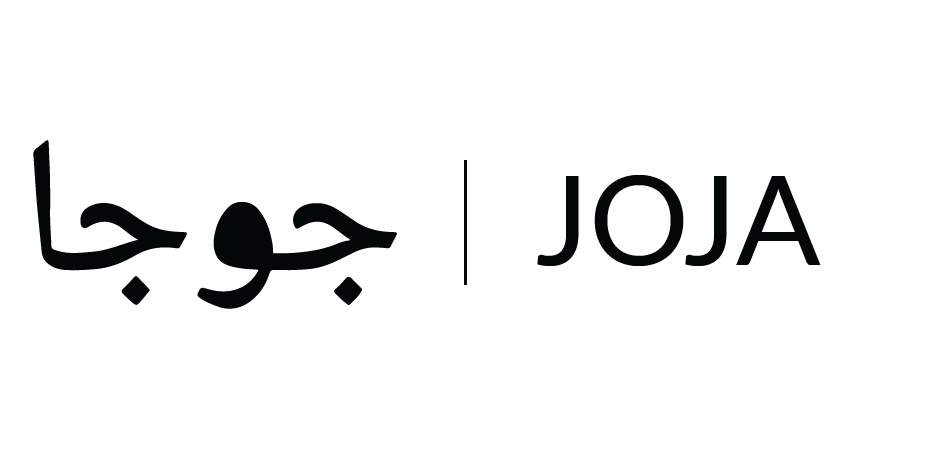Using film to see oneself
This review is my opinion and contains spoilers.
“The eulogies by Mir and Ghalib for the King didn’t survive, but their poetry with an addressee is still alive.”
– Doctor Kareem, “Mah e Mir.”
“Mah e Mir” is a 2016 Pakistani film written by Sarmad Sehbai, directed by Anjum Shahzad, and starring Fahad Mustafa, Iman Ali, Sanam Saeed, Manzar Sehbai, and Alyy Khan. Most one-liners about the film describe it as about a modern poet who sees himself in Mir Taqi Mir, an 18th-century poet. The film has a plotline in which the new-age tortured poet, Jamal (Fahad Mustafa), struggles with society’s appreciation for what should be considered true poetry, reflecting the people’s voice. His contemporary, Naina Kanwal (Sanam Saeed), is more successful because she writes poetry that appeals to a mass audience. The difference is that Jamal’s poetry is more intimate to his process, whereas Naina’s poetry essentially uses what is already famous and inserts them into a poetic format. Her skill level is not rudimentary, but her approach has more results. Jamal’s career suffers because he’s also free to criticize those in his circle (those who partake in his halqa group), embarrassing them among their peers in private and public (he castigates the older poets when living on a TV special). Naina’s every action and verse is directed at having every poet like her, and indeed, she does her best to do so with Jamal until it hits home. When he writes an article criticizing her work, she gets him fired from the paper he writes for weekly.
Living in squalid conditions, Jamal only looks forward to seeing a neighbor who recently caught his eye. She somehow has his number and sends him couplets from Mir Taqi Mir. Along with the older poet, Doctor Kareem (Manzar Sehbai), who cautioned that modern poetry falls flat because it is unconcerned with the classics, Jamal receives support for his journey in ways he didn’t ask for. He enjoys the attention of the woman to whom he never speaks face-to-face, but he’s frustrated she stalls by writing to him through the lines of some old poet. Doctor Kareem criticized Jamal’s poetry because of its modernity but slowly saw himself in Jamal, hoping to nurture what was suppressed in his upbringing. When Doctor Kareem asks Jamal to participate in an anthology and gives an advance, he asks Jamal to read his collection of Mir’s poems. It’s when Jamal finally brings himself to read the complete works of Mir, a poet who offended the Mughal court because he preferred to recite his poetry on the steps of the Jama masjid. Fearing how great poets like Mir and Ghalib were remembered posthumously, those around Jamal made some effort to achieve fame in his lifetime. Doctor Kareem writes a forward for Jamal’s book just before having a heart attack. He passed shortly after Jamal demanded to know if Doctor Kareem had felt that wahshat (a madness, muse) that Mir spoke about. The woman Jamal was interested in had just been married, and this enthusiasm agitates a similar rejection that Doctor Kareem was disturbed by.
It’s unclear what wahshat that means, but it seems Jamal and perhaps the film itself is searching for what Mir meant by it, seeking to experience such poetry through the medium of film. The lyrical nature of the film isn’t for vanity but to reflect. The repetition of images is one way of creating the Kuleshov effect through poetry, but the success of doing so needs to be more extensive. Kulshov demonstrated that the succession of images implicates different meanings. The same shot of a man following a shot of soup, of flowers, or a woman had audiences think the man was either hungry for the soup, intrigued by the flowers, or interested in the woman. With lines of poetry and the moon, the director seems to ask the audience to feel another layer of sadness or romance. (The image of the moon is sometimes different; sometimes, it is in other areas of the frame, or it moves).
While much of the film involves Jamal walking around the city looking at a CGI moon with a voiceover by Doctor Kareem with his work or reciting Mir’s, one may still desire additional visual stimuli to the montages. This illustrates the director’s approach to achieving or understanding what, but it seems unfair to say it needs to be more inspired. Something about the poetry and the attempts to describe feelings are enchanting. It is most clearly explored through Jamal’s perspective when imagining himself as Mir. This showcases Mir’s poetry recited through courtesan dance numbers, sometimes interlaced into the songs. The duration for which the audience stays in these parallels after the similarities have been stated does reflect the director’s desire to explore Mir through this medium. These moments can take an audience member out of the film. Had these areas of the movie been shorter, there would have been a better balance of story structure and dialogue. Watching such an aspirational film that could have been enjoyed more as a listening experience was still worth having. The film is not a product but a journey in which the viewer watches the director speak to himself. According to Doctor Kareem, this is the most accurate form of poetry.
You can watch Mah e Mir on Prime.

